French Moult
further details to follow
Please click on below link to download the file
Budgerigar French Moult Survey 2017v2
Below is a draft of a questionnaire that has been prepared in relation to the French Moult survey the survey is not live at this time but will be in the near future
comments regarding the contents of the below would be well received
Budgerigar French Moult Survey 2017
- Introduction
French Moult has been with budgerigars since at least the 1930’s (quite possibly much earlier).It has been an ongoing issue with breeders.
- Purpose
Many attempts have been made to establish a biological/medical cause for FM. To date there has been no definitive conclusion as to the cause. There appears to have been no recent significant actual direct research regarding any possible causes of environmental or hereditary causes of FM.
Some areas of the UK are prevalent with FM while others appear to have none or very little It is hoped that this survey can be extended nationwide. It may then become apparent that there are significant area of the country that differ in the type of FM
Theories
There are many theories about the cause of French moult the most common being
- A virus/disease
- Parasitic infection (redmite)
- Heredity gene abnormality
- Environment and vitamin deficiencies.
- Stress induced feather loss.
For this survey to become a worthwhile project, those taking part must complete the survey in a true and honest way. The strictest of confidence will be applied. It is hoped that as many as breeders as possible can participate in this survey. Obviously the more data provided will equate to the most reliable conclusion being provided. If the breeder is unsure about any of the questions please mark unsure.
It is as important for breeders who do not suffer from FM to complete the survey. By doing this there is a stronger likelihood of establishing a cause/reason for any outbreaks
The survey is quite extensive as the more facts that are established the more likelihood of identifying a pattern particularly by examination of that data from breeders who do not have a problem and analysing and comparing the data provided by breeders who do have the issue of FM
It is anticipated that it will be at least a year for any conclusions if any to be reached. This will depend on the level of participation from breeders
Details of Breeder
Name………………………………………………………………………………………………………………………………….
Address………………………………………………………………………………………………………………………………
……………………………………………………………………………………………………………………………………………..
…………………………………………………………………………………………………………………………………………….
Email address ……………………………………………………………………………………………………………………..
Local bird club name ………………………………………………………………………………………………………….
Date compiled…………………………………………………………………………………………………………………….
- How long have you kept Budgerigars ………..
- Are you are member of the BS if so Ring number used ………
- Do you exhibit your birds ………………
- Status in the BS Beginner/Novice/Intermediate/Champion
- How many birds do you generally keep in your bird room
10-50 50-100 100-150 150-200 200-300 0ver 300
SURVEY 2017
Adult birds
- Do you have a closed stud with only the odd outcross brought into the bird room……….
- Do you regularly bring birds brought into the bird room …………
- Do you employ any kind of quarantine when bringing in new birds? If so what system is used……………………………………………………………………………………………………………………..
- What percentage of your birds are over 3 years old ………………………………….
- What estimated percentage of Birds that can fly more than 6ft without losing height ………..
- What estimated percentage of birds do you have that cannot fly……………………………
- What estimated percentage of your adult birds that you have kept die less than 3 years of age ……………………………..
- Are Hens and cocks routinely kept separate when not breeding Yes/No
- Do you employ a small cage flight to keep you recently fledged chicks in where they have limited space to fly …………………………………
At what age do you move your young birds to a flight where they can fly around?
ENVIRONMETAL CONDITIONS
Construction of bird room.
- Brick/Block…… Wooden………Other……….Type of windows…wooden/UPVC……………
- Size of building ……………………………………….Type of flooring………………………………………
- Number of Breeding cages……… Number of internal flights………………………
- Outside flights used ……… Sink/Running water in building……………….
- Heating used……………………. What temperature is heating used at……….
Cleanliness
Which below category applies to you ………………………………
- Large amount of dust. Flights and cages inches deep in seed husks and detritus floors nor swept etc
2, fair amount of dust cages and flight cleaned out occasionally after the breeding season
- Some dust, cages cleaned out between rounds flights floors swept once a week
- Dust removed most days cages and flights regularly cleaned floors and inside area very clean and tidy.
Dust management – do you use any of the below
- Air filters………………………………………………………………………
- Wall extractors………………………………………………………………
- Sophisticated air filtration system ………………………………
- Windows left open ……………………………………………………..
- None……………………………………………………………………………
Feed and Water
- What type of drinkers do you use…………………………………………………………………………..
- How often do you replace water and clean drinkers ……………………………………………..
- What type of seed bowels do you use …………………………………………………………………..
- How often do you clean these ……………………………………………………………………………….
Cleaning product used
Do you use any specific cleaning products?
If yes what do you use………………………………………………………………………..
Cage floor
What do you use on the floor of the breeding cages?
- Sawdust……………………………………………………………………………………………..
- Sand ………………………………………………………………………………………………….
- Other …………………………………………………………………………………
Lighting
What form of lighting is used?
- Tungsten bulbs……………………………………….
- Fluorescent………………………………………………
- Natural light only……………………………………
Duration of lighting in hours (during breeding)
- What times does your artificial lighting come on …………………………………………..
- Do you have a break of light in the middle of the day ……………………………………
Pests – do you regularly suffer from any of the following
- Mice/rats ………………………………………………………
- Red mite ………………………………………………………..
- Any other pests please state……………………………
- Scaly face
Food – cross out any of the below foods you do not use
- Main seed mixed seed
- Red Millet White millet Canary seed
- Tonic seed Groats Roller oats
- Sunflower Dried egg food Greens
- Root vegetables Bread
- Sweetcorn Dried sea weed
- Chick crumbs Garlic additive
- Own soft food (please specify)………………………………………………………………………………..
Do you use any other forms of seed if yes what is used …………………………………………………………
Minerals – Do you use any of the following?
- Mineral blocks ………………………………………
- Grit used ……………………………………………….
- Cuttlefish used ………………………………………
- Added vitamin supplements …………………..
BREEDING
- What months do you mainly breed ………..to………..
- Metal closed rings used Yes/
- Size of breeding cages …………………………………………
- Colony breeding Yes/No
- What in the minimum age you will breed a bird Hen……..Cock…………..
- What is the maximum age you will breed a bird Hen……..Cock…………..
- Estimated Average clutch size ……………………..
- Average numbers of chicks produced in a year …………………………………..
- On average how many chicks do you breed per cage per year ……………
- On average how many chicks do you breed from each pair ……………….
- On average what percentage of clear rounds to you experience ………..
- What estimated percentage of eggs are dead in shell …………………………
- What estimated percentages of chicks die in the nest. Is this percentage higher when FM is present in the breeding season ………………………….Yes/No
- What estimated percentage of fledged chicks die less than 6 months old ……………
Nest boxes
- Type of nestbox Wooden…..Plastic…..other
- Bedding used sawdust shaving …….sawdust …..Other………None…………
- When breeding how clean do you keep the nestboxes
- Very clean fresh bedding every few days ……
- Change bedding as and when required……..
- Only change the bedding between rounds………
French Moult
Category of French moult
Degree
1 none
2.the odd tail wing feather
3.50% of main feathers
4.All of wing and tail feathers
- All of wing and tail feathers and most of body feathers.
Have you bred any chicks with French Moult (level 3-5) in the past
- 5 years
- 4 years
- 3 years
- 2 years
- 1 year
- Have not had FM for many years
- Never had FM
Have you knowingly purchased/been given birds with a history of French moult
- No……..
- Yes in the past 3 years……….
- If you have bred with these birds did they produce chicks with FM Yes….No…….both……..
- Have you experienced FM as a result of bringing in new birds to the stud (but not bred with them)
- Yes …. No….. Possibly…..
Have you knowing bred from birds with a history of FM
Did these pairings produce chicks with FM
- Yes every time
- No never
- Sometimes
What estimated Percentage of FM of the total of birds bred (level 2-5)
- 2012
- 2013
- 2014
- 2015
- 2016
Out of FM chicks produced during a year what Percentage of FM occurs while chicks are in the nest box ……………..
On average which rounds does FM mostly occur?
- Round 1
- Round 2
- Round 3
- Can be any round
When a pair produces chicks with FM which line mostly applies 1/2/3
- All the chicks are FM from each round
- The odd chick is clear of FM from each road
- One or two from each round
Once a bird has produced FM are they continued to be bred with
If yes Do they continue to produce FM chicks Yes/No
Foster parents
- Foster parents(with no history of FM) raising chicks from parents with a history of FM. Did any of the chicks suffer from FM Yes/NO
- Foster parents (with a history of FM) raising chicks from parents with no history of FM. Did any of the chicks suffer from FM Yes/No
In your experience Are any types more prone to FM then others
- Normal
- Opaline
- Cinnamon
- Red eyes
- Other types (specify)………………………………………………..
In your experience has the age off the parents had any influence on FM Yes/No
Estimated Percentage of birds with FM that have been kept that have feathered up to normal ………………
Of these birds what estimated percentage of these birds are able to fly
……………….
Disposal of birds with history of French moult (level 2-5)
- I let them feather up and treat them as normal birds
- Euphonised as soon as discovered
- Kept in a cage/flight with other birds and euphonised after a few weeks when it is evident that the chick will not feather up
- Allow to feather up then Sold to other breeders
- Sold as pet birds
Who do you dispose of your unwanted birds to..
- Dealer………….
- Club members……….
- Other persons unknown to you at the time ………………………
- Do you inform the purchaser that the birds have a history of French moult Yes/No
Have you had FM in the past and taken active steps to prevent a reoccurrence if so what action/steps did you take that you believed eradicated the problem
…………………………………………………………………………………………………………………………………
………………………………………………………………………………………………………………………………..
………………………………………………………………………………………………………………………………..
…………………………………………………………………………………………………………………………………
………………………………………………………………………………………………………………………………….
Thank you for taking the time to complete this survey
Updates regarding this survey will be placed on the Ipswich Budgerigar Society web site at http://ipswichbudgerigarsociety.co.uk
Please hand or send to
John Gibbens
21 Barrow Hill
Acton
Sudbury
Suffolk
CO10 0AR
Or Email ipswichbudgiesociety@gmail.com

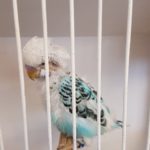
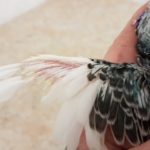
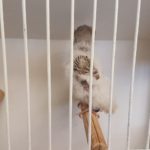
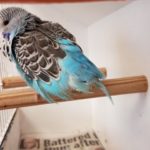
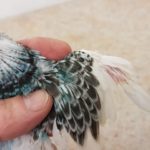
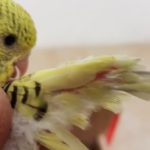
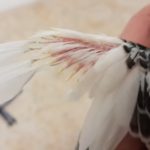
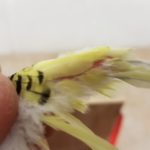
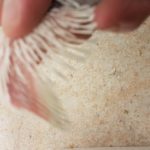
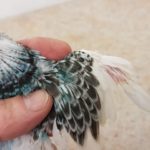
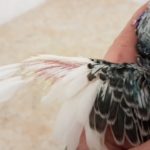
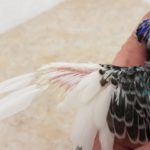
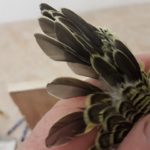
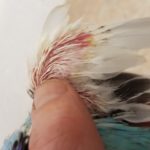
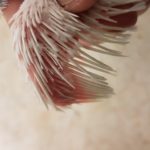
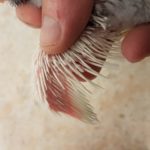

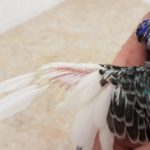
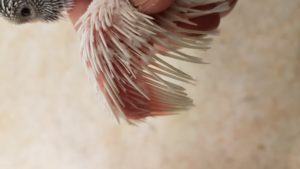
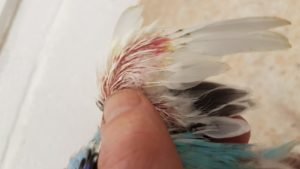
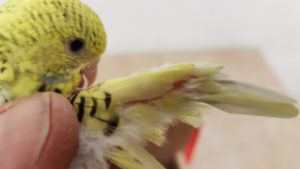
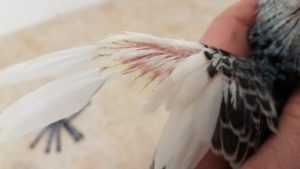
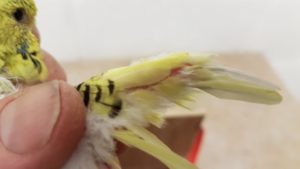
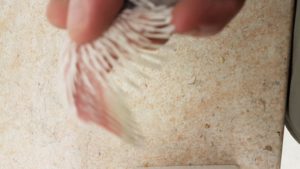
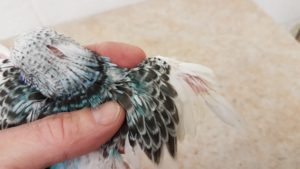
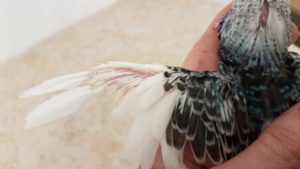
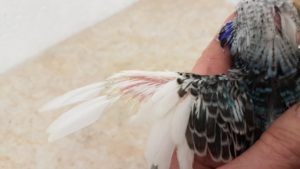
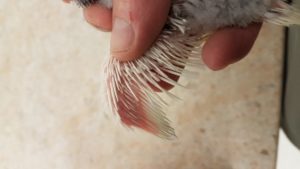
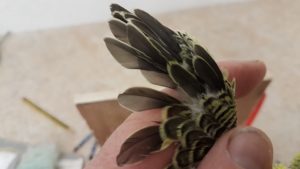
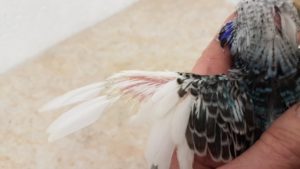
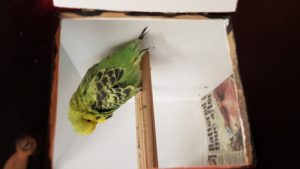
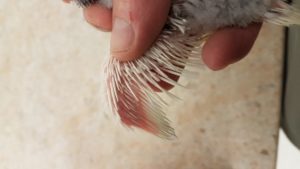
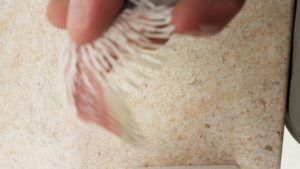
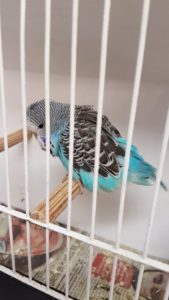
Leave a Reply
You must be logged in to post a comment.